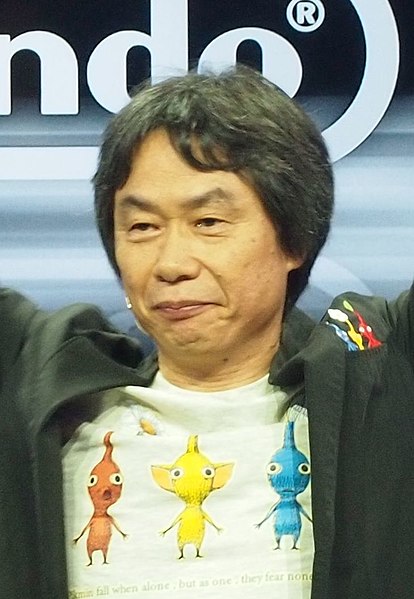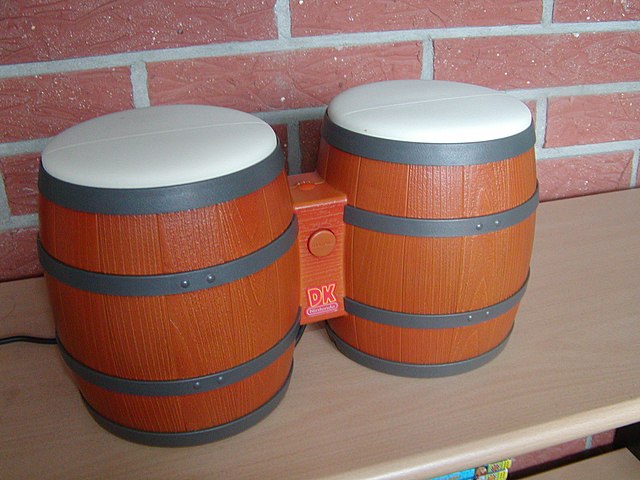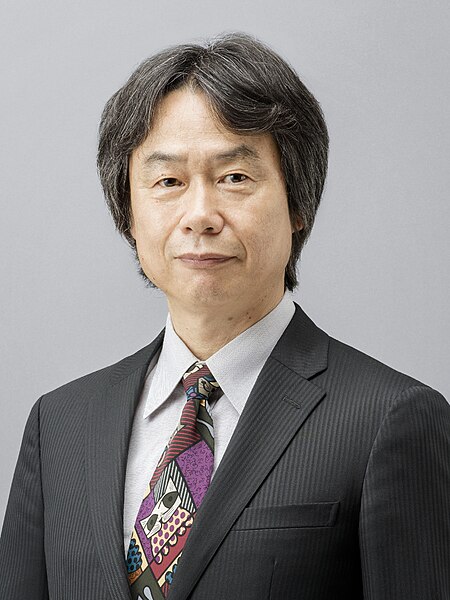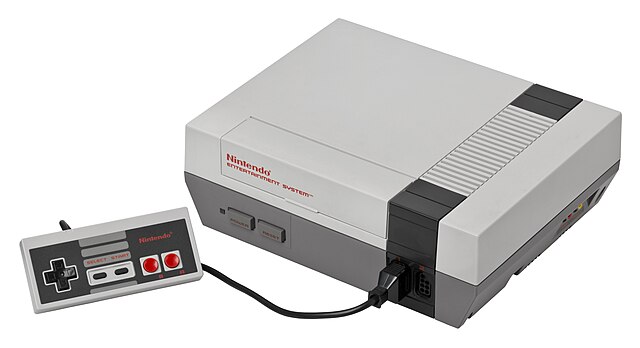Donkey Kong is a video game series and media franchise created by the Japanese game designer Shigeru Miyamoto for Nintendo. The franchise follows the adventures of Donkey Kong, a large, powerful gorilla. Donkey Kong series include the original arcade game trilogy by Nintendo R&D1; the Donkey Kong Country series by Rare and Retro Studios; and the Mario vs. Donkey Kong series by Nintendo Software Technology. Various studios have developed spin-offs in other genres such as racing and rhythm. The franchise also incorporates animation, printed media, a theme park, and merchandise.
Donkey Kong creator Shigeru Miyamoto in 2013
The Donkey Kong games released for the GameCube were designed to use the DK Bongos peripheral.
Seth Rogen voices Donkey Kong in The Super Mario Bros. Movie (2023).
Image: Tim and Chris Stamper outside the Fortune Fish offices
Shigeru Miyamoto is a Japanese video game designer, producer and game director at Nintendo, where he serves as one of its representative directors as an executive since 2002. Widely regarded as one of the most accomplished and influential designers in video games, he is the creator of some of the most acclaimed and best-selling game franchises of all time, including Mario, The Legend of Zelda, Donkey Kong, Star Fox and Pikmin. More than 1 billion copies of games featuring franchises created by Miyamoto have been sold.
Miyamoto in 2015
Miyamoto graduated from Kanazawa College of Art in Ishikawa Prefecture.
Miyamoto's Super Mario Bros. was bundled with the NES in America. The game and the system are credited with helping to bring North America out of the slump of the 1983 game industry crash.
Miyamoto was responsible for the controller design of the Super Famicom/Nintendo. Its L/R buttons were an industry first and have since become commonplace.








